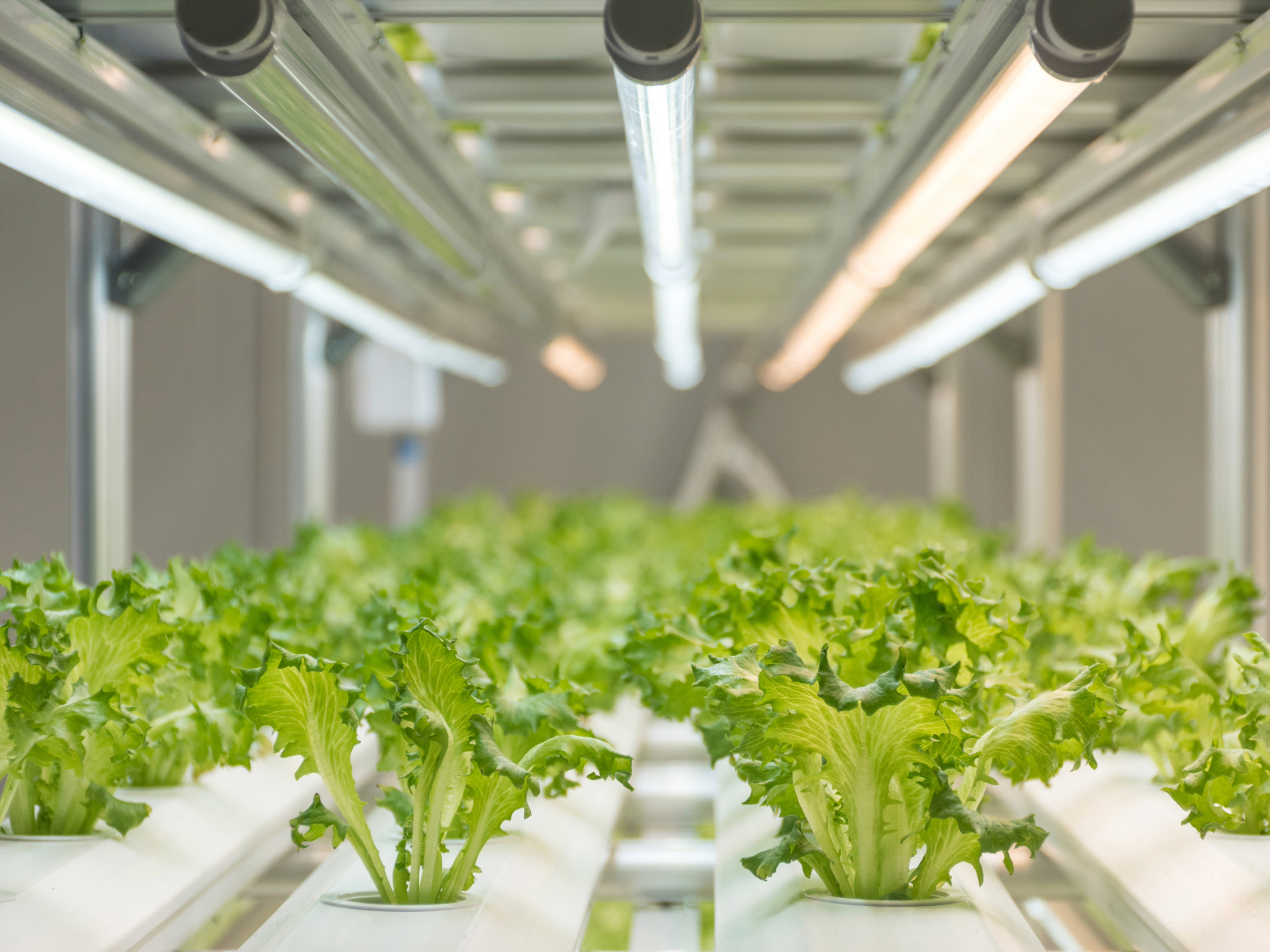
How to Choose Growing Mediums For Plants
May 14, 2021Indoor hydroponic lighting is used for the purpose of growing plants in indoor environments, but not at the exact same time as they would be grown in a traditional outdoor garden. Most hydroponic systems are actually indoor gardening systems but some hydroponic, indoor gardening systems can also be used for outside applications such as for a backyard or patio garden. Indoor hydroponic lighting systems are merely one part of an indoor hydroponic garden and there are many other elements that must be considered. If you are contemplating using hydroponic lights then you’ll need to consider an indoor hydroponic garden strategy as well.
Three Basic Elements Before Starting a Hydrophonic Garden
There are three basic elements that you must have before even considering getting started with your hydroponic gardening when it comes to hydroponic nutrients.
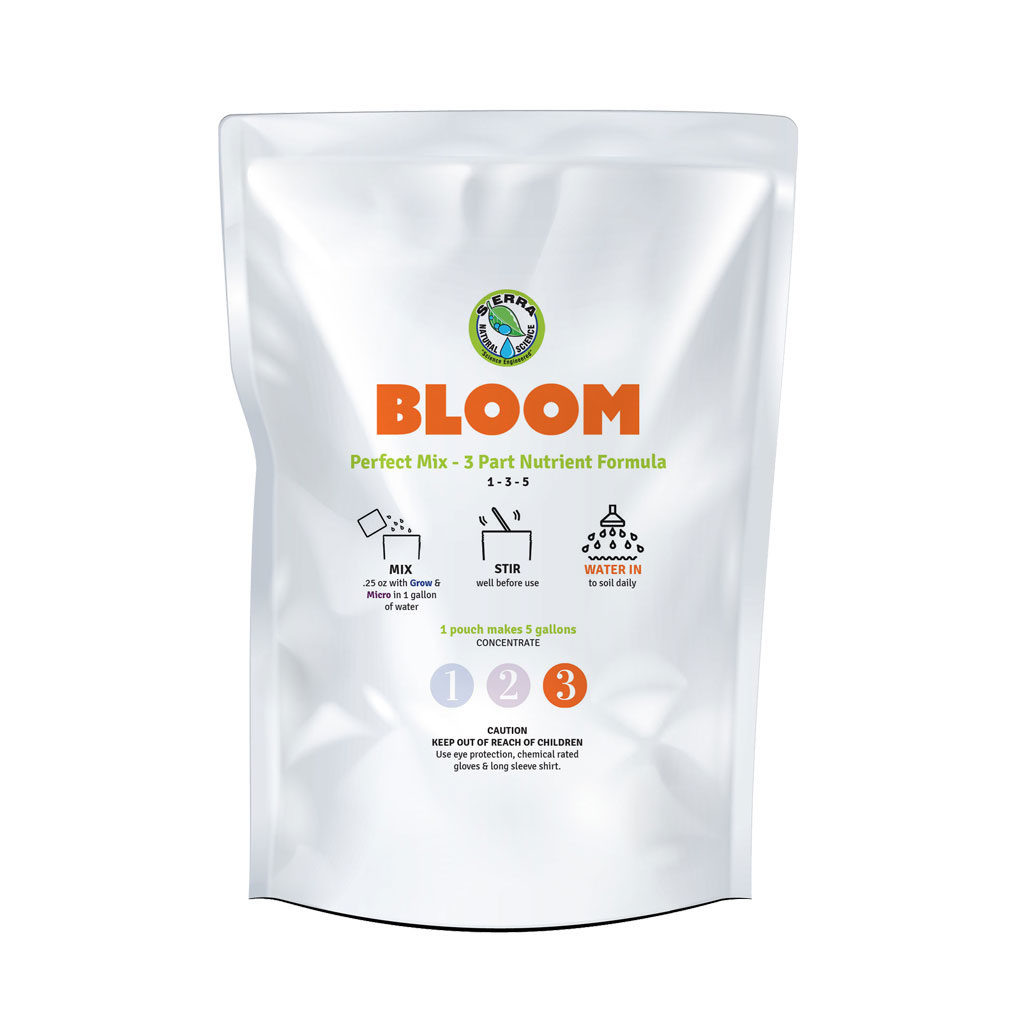
Bloom Pouch (Plant Food)
Adds calcium, magnesium & iron for healthier plants
- Blended with our in-house distilled Alfalfa Extracts
- Stimulates bloom phase of flower, bud, or fruit.
- Helps sustain a healthy plants and vigor
- Safe around children & pets when used as directed
This product is currently unavailable for purchase online. Please call sales at 877-626-5505 to order
Hydrophonic Garden Growing Medium
You will first need a growing medium to put your hydroponic crops on. There are numerous different options available but your best bet is to get hold of a hydroponic system. Your hydroponic system will supply you with the growing medium and all you’ve got to do is plant your favorite hydroponic crops into it. This is in fact isn’t much more than a pallet or wooden plank, but it is a fantastic place to start.
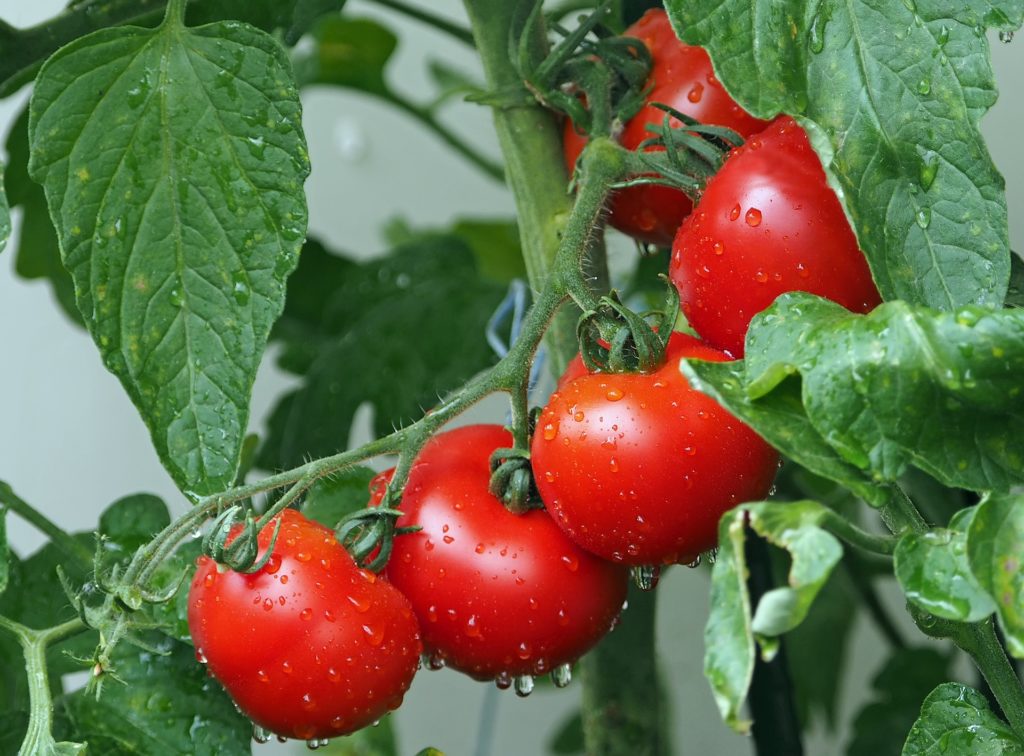
Hydrophonic Garden Lighting System
Once you’ve your growing medium, it is time to think about your hydroponic lighting system. Hydroponic lighting systems come in a variety of forms including fluorescent, LED, and lots of different control systems. You can spend a lot or a little and it really depends on what you want to achieve and how much money you are willing to spend on your hydroponic system. There are many indoor hydroponic lighting systems on the market today so be sure to do your research before making any decisions.
LED hydroponic lighting is extremely popular for indoor hydroponic gardening. One of the reasons is because it is very reasonably priced. Another reason is that it produces uniform light with very little heat loss. Another fantastic thing about LED hydroponic lighting is that the grower can also use an LED grow lamp in conjunction with it and produce even greater results. Most hydroponic gardeners prefer to use an LED grow light since they’re much easier to use and produces great results. Many people have even reported obtaining better results with an LED hydroponic lighting system than regular hydroponic lights.
Fluorescent hydroponic lighting is a good choice if you’re looking for some high quality but inexpensive indoor hydroponic gardening light. It’s been proven to make very good results and is usually quite inexpensive. The drawback to fluorescent hydroponic lighting is that it will not last long and tends to heat up quickly when left on. It can also produce toxic fumes if it gets too hot.
Metal halide hydroponic lighting is among the most popular indoor hydroponic gardening lighting. It is also the most expensive but is also very energy efficient. Metal halide has a longer lifespan than fluorescent lighting up to 20 years, but it is more expensive than either fluorescent or LED lighting. It does, however, have a shorter lifespan than the other hydroponic lighting methods. It tends to burn out after about a year and then needs to be replaced.
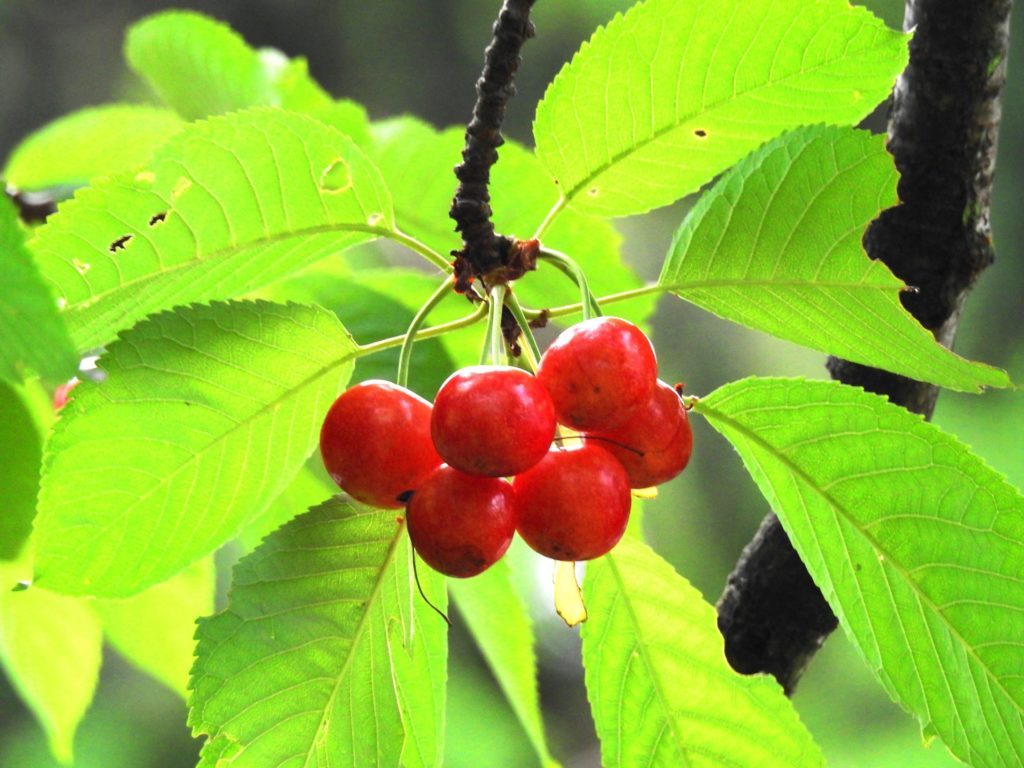
Hydrophonic Garden Nutrient Solutions
Both Metal Halide and Metal Hydride have the ability to generate Hydroponic nutrient solution to be used by your hydroponic plants. The only difference between them is that Hydride releases toxic fumes when it is burnt, while Metal Halide releases no toxic gases. I prefer to use Metal Halide within my indoor hydroponic gardening because of its energy efficiency and low heat output. It produces a fantastic amount of white light that’s necessary for lighting seedlings. It’s also easier to use and does not give off as much heat as the other hydroponic lights.
With indoor hydroponics, it’s important to choose the type of lighting system that is suitable for you and your hydroponic plants. You’ll also need to understand the basics about hydroponics, growing methods, and how much space you need for growing. Do not get overwhelmed with the quantity of information available. Just pick a hydroponic grow light system that’s perfect for your needs and you’ll be all set.
Combine hydroponics with rock wool, fiberglass, dirt, and you have the best-growing environment! There are many advantages to growing hydroponically, particularly with hydroponics media growing systems for plants. These advantages suit both private and commercial growers, so even if you’re a novice you will reap the rewards! Growing hydroponics can be both cheap and rewarding, but the first step is choosing the right system for you.
Growing hydroponics in containers isn’t necessarily a high-tech alternative, but the most effective systems do use hydroponics media. There are many alternatives in many sizes and price ranges. Many are easy to use starter kits with all you require. Other starter kits contain pre-assembled, coir ready mixes that permit you to simply use your hydroponics nutrient solution or culture to the origins of your seedlings. Other systems provide a fully packed set of all supplies. The most expensive systems are complete and provide all the essentials: lighting, water, reservoir, growing medium, etc.
When starting a hydroponic garden from scratch, the primary mediums to use are Rockwool and clay pellets. Rock wool and clay pellets work because they provide excellent support and are low maintenance. These systems work well with most types of vegetation, however, some plant species need stronger media. So if you’re growing plants that are delicate or not overly competitive, begin with rock wool or clay pellets, but expand as you see fit.
The Ideal Lightweight Media
Mediums are extremely lightweight to extremely heavy. It’s ideal to start out with a lightweight media like stone wool or clay pellets because as your plant grows you can add a small amount of heavy media based on the sort of plant you’re growing. You might also want to consider what sort of plant you are growing. For example, hydroponics systems that have very quickly draining roots should be growing in a medium that has a tiny bit of drainage because these roots can cause excess water loss.
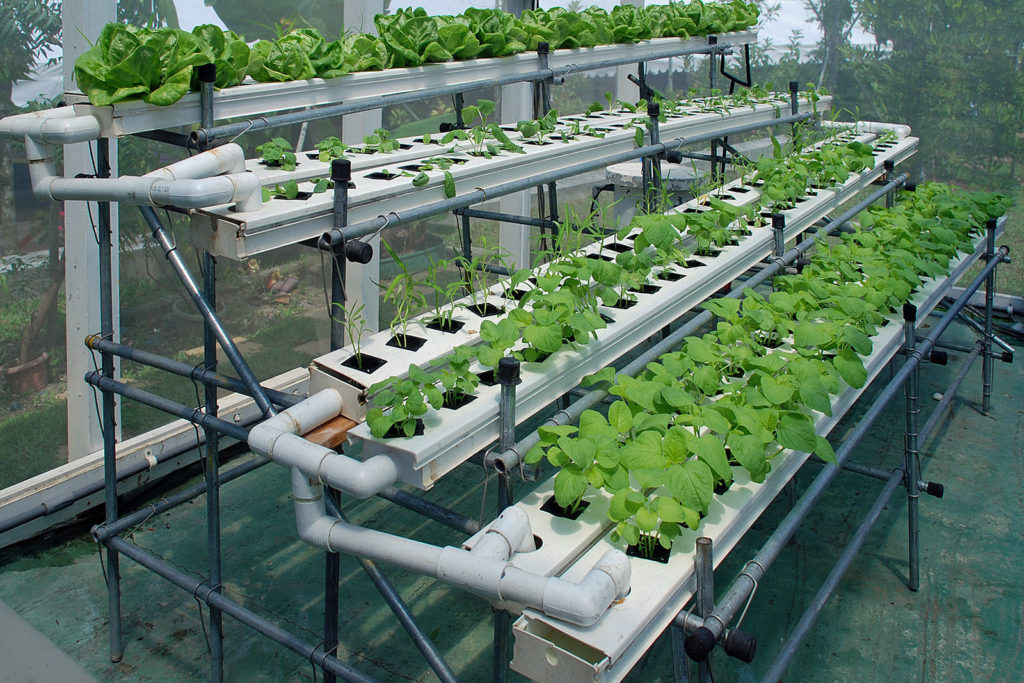
Among the easiest ways of planting seedlings is to use coco peat. This is very lightweight media and perfect for growing seedlings and growing plants which don’t need a whole lot of care. Seedlings can be planted in a wide variety of different growing mediums; hydroponics systems, hydroponics bags, air stones, and coco peat are simply a few examples. Some seedlings, such as cherry tomatoes, will do fine in a lightweight media, while others, such as peppers, need a bit more support to stop overcrowding.
If you’re growing tropical plants or exotic species, then you might wish to consider using expanded clay pebbles. These mediums can either be hydroponic or air stone-based, depending on your plant needs. Expanded clay pebbles come in an assortment of different shapes and sizes and are great for growing under low light conditions. The biggest downside to using these mediums is they are vulnerable to drying out, especially in hot areas. Read up on how to condition soil to help ensure healthier plant growth.
Airstone climbing systems can offer some excellent growing mediums, but there are particular systems and pots that are best for these growing systems. There are basically two types of methods: loose gravel systems or hydroponic gravel systems. Loose gravel systems work well if you just want to have the ability to move the plant from one location to another, while hydroponic systems offer excellent drainage for the plant to maximize growth. Both kinds of growing systems are quite easy to assemble and setup, but some hydroponics systems have built-in drainage systems so you won’t have to bother with those.
If you’re searching for a unique and inexpensive way of growing media, look no further than coir. Coir growing media not only provides exceptional growing media to your plants, but it is also extremely lightweight, making it easy to move pots from location to location, or transport larger pieces of coir if necessary. You may find coir at most garden centers or timber yards, in addition to many different sizes and shapes of coco pith blocks.

